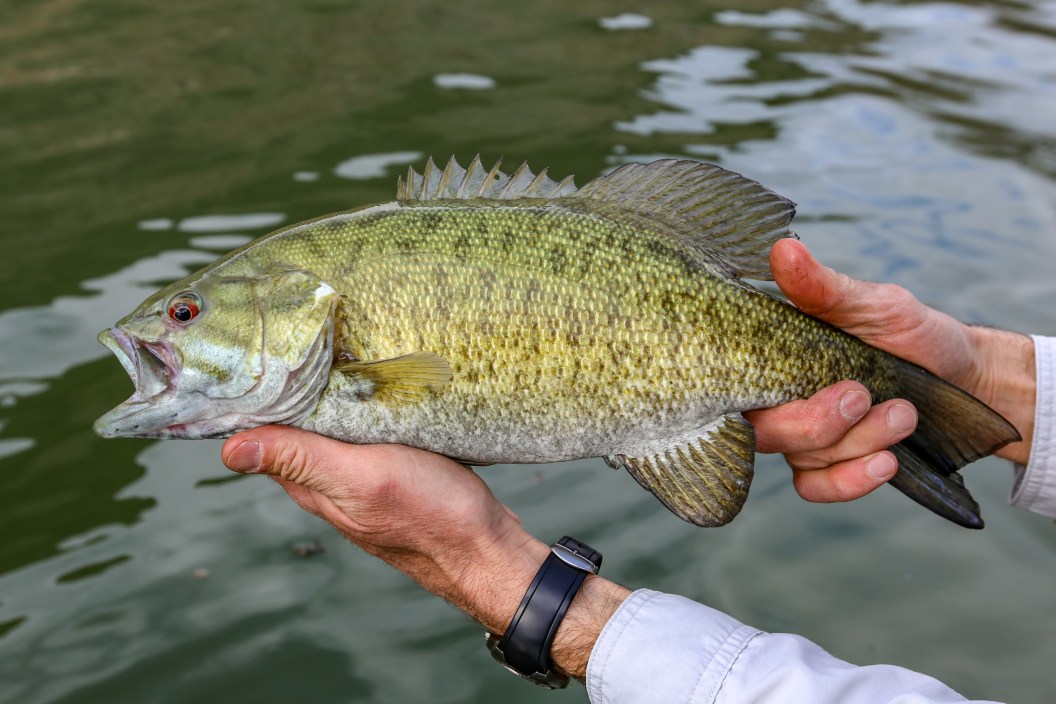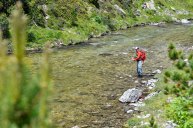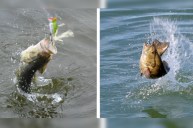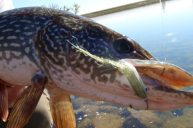In late July, Montana Fish Wildlife & Parks (FWP) acted quickly after an angler in Montana's Bitterroot River netted the first-ever smallmouth bass in the cold-water stream best known for its trout populations. The reason: This bass species is invasive to the area and could threaten the local native trout population if its numbers are permitted to increase.
Video of the catch, which happened July 5, was provided to FWP staff, and the species and location were subsequently verified. FWP staff meticulously searched the area for evidence of any additional smallmouth, The Montana Free Press reported. None were located, but FWP determined that the area could potentially be a prime habitat for smallmouth bass to thrive, given the rising river temperatures and ample underwater structure in the river.
In response to the disturbing discovery, FWP enacted an emergency regulation asking Montana anglers who catch a smallmouth in the portions of the river between Florence to Missoula to keep it, kill it, and report it to FWP officials.
Last week, the Montana Fish and Wildlife Commission voted Aug. 17 to approve a proposal to codify the catch/kill/report order in its Bitterroot River fishing regulations but for the entire river, effectively making FWP's emergency regulation permanent.
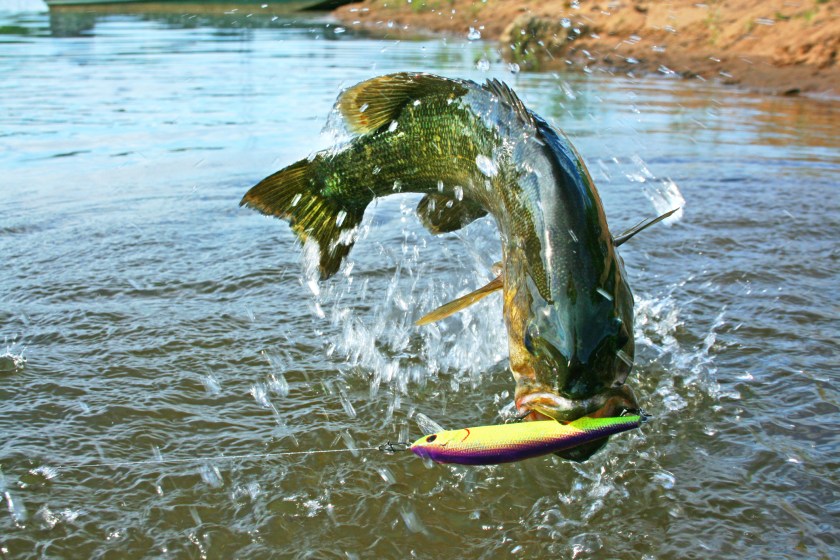
Getty via stammphoto
The lone smallmouth in the Bitterroot was caught 3.5 miles upstream of the river's confluence with the Clark Fork near Missoula. Prior to that historic catch, the closest documented smallmouth bass was found in February in the Clearwater River system, nearly 70 miles away, Yahoo reported. The National Park Service (NPS) issued a mandatory kill-and-report order in response.
Although they are a common game fish in many parts of the country, smallmouth bass are not welcome in the Bitterroot to Montana fisheries biologists. The concern is that smallmouth bass establishing a self-sustaining population in the Bitterroot will upset—and potentially displace—native trout populations.
"Smallmouth bass are a predatory and adaptable species and could have a long-term impact to this cold-water fishery," FWP said in its emergency declaration.
Smallmouth in Montana
There is a fairly broad overlap between trout habitat and smallmouth bass habitat, according to Pat Byorth, director of the Montana Trout Unlimited's Water program. The key difference is that bass can thrive in warmer temperatures that trout cannot, and trout in Montana are already under stress due to abnormally low water flows and increased water temperatures.
Cold-water species that are typically found in the Bitterroot, such as native westslope cutthroat trout and non-native rainbow trout, prefer a water temperature of between low 40s to mid-60s Fahrenheit. Meanwhile, smallmouth bass thrive in warmer water from the mid-60s to mid-70s.
"The fear is that if these low water conditions, like we're seeing in the Bitterroot and the lower Clark Fork this year, persist, we're just going to open the door for warm-water fish in cold-water fisheries that can replace the trout," Byorth told The Montana Free Press. "The trout are already under stress with warm, low water, and if you throw in another factor, that's reason for concern."
